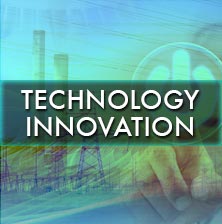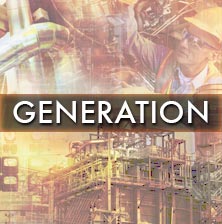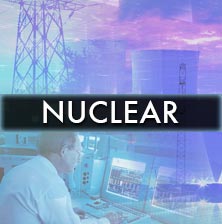The following is a small selection of items recently published by EPRI. To view complete lists of your company-funded research reports, updates, software, training announcements, and other program deliverables, log in at www.epri.com and go to Program Cockpits.

This report discusses the current state of knowledge on environmental issues associated with the entire natural gas value chain; knowledge gaps; and potential research projects on various topics such as emissions and air quality, water quality and availability, seismic issues, ecological impacts, and human health impacts.

Conducted in the Salt River Project service territory from June 2016 through January 2018, this study tracked various parameters for 100 electric vehicles during driving and charging.

Prior laboratory research has indicated that applying flue gas desulfurization gypsum (a byproduct of power plant emissions controls) to agricultural fields can reduce phosphorus runoff. Between 2006 and 2015, EPRI and The Ohio State University evaluated the potential for soil, water, and plant quality impacts associated with application of flue gas desulfurization gypsum on field plots across the United States.

Power companies are exploring technologies to recover and beneficially use coal combustion products stored in surface impoundments and landfills. This report investigates relevant environmental issues, including potential groundwater, surface water, air quality, energy, and safety impacts.

This report describes a system architecture for management of operational and analytical data in a modern power generation utility.

In 2012, the U. S. Environmental Protection Agency (EPA) issued Mercury and Air Toxics Standards (MATS) for power plants, and the Clean Air Act requires EPA to assess residual health risks after compliance with MATS. To inform this EPA review, EPRI is conducting field analyses at several coal-fired power plants to gain a better understanding of the fate of hazardous air pollutants in flue gas, liquid, and solid streams. This report describes the results of analyses at the second field site.

This newsletter informs the electric power industry about developments with technology, markets, regulatory matters, and demonstrations in the energy storage and distributed generation fields.

This confidential, comprehensive database enables utilities to benchmark their performance on sustainability metrics relevant to the electric power industry.

This study investigates the feasibility of an industrywide monitoring program for spent fuel pools at nuclear plants. It identifies the components for such a program, collects and analyzes preliminary data for these components, and develops timelines for implementation.

DERMS, or Distributed Energy Resources Management Systems, are new types of software and communication systems that manage distributed energy resources such as solar photovoltaic and battery storage systems. This whitepaper discusses numerous aspects of DERMS, including purpose, core functions, relevant standards, relationship with utility Distribution Management Systems (DMS), utility DERMS projects, and next steps for research.

This report provides guidance for developing engineering programs for current and next-generation nuclear plants, along with relevant regulations and requirements and examples of processes and procedures.

Drawing from the most current information on the progression of severe accidents at nuclear plants and the risks they pose to the public, this study examines how risk characterizations compare to quantitative safety goals.